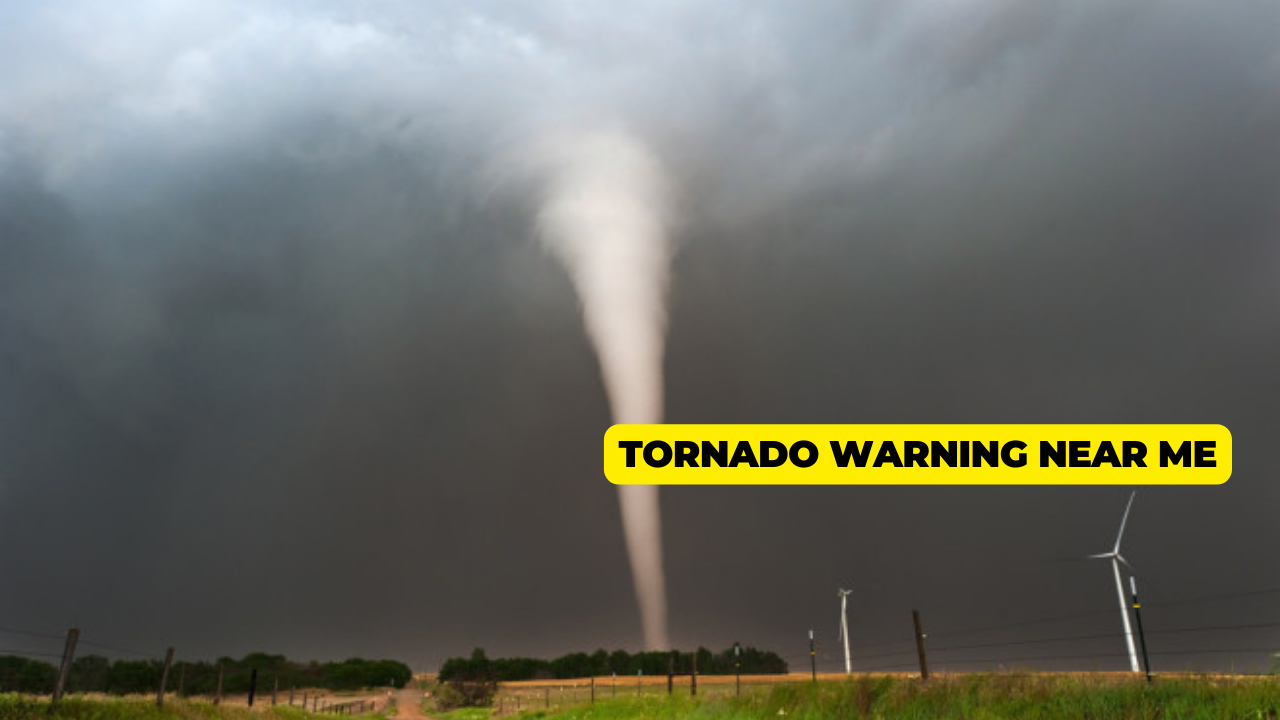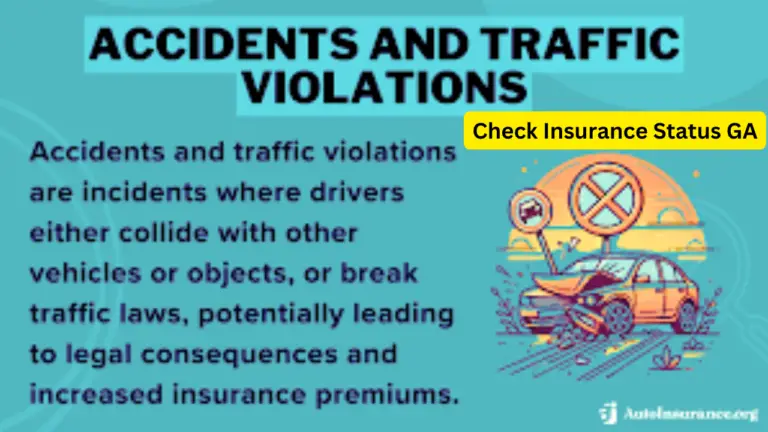
Tornado Warning Near Me: Stay Safe and Informed During Severe Weather Events
Tornadoes are one of nature’s most powerful and destructive phenomena, capable of causing widespread damage and posing significant risks to life and property. When a tornado warning is issued, it is crucial to stay informed and take immediate action to protect yourself and your loved ones. In this comprehensive guide, we will provide detailed information on tornado warnings, safety tips, and steps to take before, during, and after a tornado. By following these guidelines, you can enhance your preparedness and ensure your safety during severe weather events.
Tornado Warnings
What is a Tornado Warning?
A tornado warning is issued by the National Weather Service (NWS) when a tornado has been sighted or indicated by weather radar. This warning signifies that there is an imminent threat to life and property, and immediate action should be taken to seek shelter. Tornado warnings are often accompanied by severe weather alerts, such as thunderstorm warnings and flash flood warnings, due to the associated weather conditions.
How Tornado Warnings are Issued
Tornado warnings are typically issued based on data from Doppler radar, weather spotters, and other meteorological tools. When a tornado warning is issued for your area, it will be broadcast through various channels, including:
- Emergency Alert System (EAS)
- NOAA Weather Radio
- Local news stations
- Mobile phone alerts
Difference Between Tornado Watch and Tornado Warning
It is essential to understand the difference between a tornado watch and a tornado warning:
- Tornado Watch: Conditions are favorable for tornadoes to develop. Stay alert and be prepared to take action if a warning is issued.
- Tornado Warning: A tornado has been sighted or indicated by radar. Take immediate action to seek shelter.
Preparing for a Tornado
Create a Tornado Safety Plan
Having a well-thought-out safety plan is crucial for tornado preparedness. Your plan should include the following steps:
- Designate a Safe Room: Identify a small, windowless interior room on the lowest level of your home, such as a basement, storm cellar, or an interior hallway.
- Emergency Kit: Prepare an emergency kit with essential items such as water, non-perishable food, a flashlight, batteries, a first-aid kit, medications, and important documents.
- Communication Plan: Establish a communication plan with your family members to ensure everyone knows what to do and where to go during a tornado.
Stay Informed
Staying informed about weather conditions is critical. Monitor local weather reports, listen to NOAA Weather Radio, and sign up for mobile alerts to receive timely updates about tornado warnings and severe weather threats in your area.
Home Preparedness
- Secure Outdoor Items: Bring in or secure outdoor furniture, toys, and other items that could become projectiles during high winds.
- Reinforce Your Home: Consider reinforcing your home’s structure, including doors, windows, and the roof, to withstand severe winds.
- Trim Trees and Shrubs: Regularly trim trees and shrubs to minimize the risk of falling branches during a storm.
During a Tornado Warning
Seek Shelter Immediately
When a tornado warning is issued, take shelter immediately. Follow these guidelines to ensure your safety:
- In a Home or Building: Go to the designated safe room, basement, or interior room on the lowest floor. Avoid windows, and cover yourself with a mattress, heavy blankets, or pillows to protect against flying debris.
- In a Mobile Home: Mobile homes are not safe during tornadoes. If possible, evacuate to a sturdy building or a pre-designated storm shelter.
- Outdoors: If you are caught outdoors and cannot reach a safe building, lie flat in a low-lying area such as a ditch and cover your head with your arms. Avoid areas with trees and vehicles.
Stay Informed and Connected
Continue to monitor weather updates and alerts through NOAA Weather Radio, mobile apps, or local news. Keep your phone charged and stay connected with family and friends to ensure everyone is safe and informed.
Protecting Pets
Make sure pets are part of your emergency plan. Keep them with you in your safe room, and have a pet emergency kit ready, including food, water, leashes, and any necessary medications.
After the Tornado
Assessing the Damage
Once the tornado has passed and it is safe to do so, assess the damage to your home and property. Be cautious of hazards such as downed power lines, broken glass, and unstable structures. Contact emergency services if you require assistance.
Helping Others
Check on neighbors, especially those who are elderly, disabled, or have young children, to ensure they are safe and provide assistance if needed.
Reporting Damage
Report any damage to local authorities and your insurance company. Document the damage with photos and keep records of any repairs or expenses incurred.
Long-Term Tornado Preparedness
Community Involvement
Get involved in community preparedness efforts. Participate in local emergency response teams, attend safety workshops, and support initiatives to improve community resilience to severe weather events.
Continuous Learning
Stay informed about tornado safety and preparedness by attending workshops, reading relevant materials, and staying updated on the latest weather forecasting technologies and emergency response strategies.
Review and Update Your Plan
Regularly review and update your tornado safety plan to ensure it remains effective. Conduct drills with your family to practice your response and make any necessary adjustments to your plan.
Conclusion
Tornadoes are unpredictable and can strike with little warning, making it essential to be prepared at all times. By understanding tornado warnings, creating a comprehensive safety plan, and staying informed about weather conditions, you can protect yourself and your loved ones during severe weather events. Remember, taking immediate action when a tornado warning is issued can save lives. Stay safe, stay informed, and always be prepared.






